Although from many places it can be read that they exist vegetables that can be grown without waterThe truth is, all plants need water to grow and thrive. However, some can tolerate drought conditions better than others. For example, some herbs as the thymeThe rosemary and the sage they are famously drought tolerant and require only minimal watering. Even some succulents, such asaloe vera and the cactus plant, they can thrive without much water. However, if you want to grow vegetables that require less water, you can opt for plants like i beansi peasi chickpeasi tomatoes hey peppers. These, on average, need little water compared to other vegetables. Additionally, you may consider growing vegetables differently, such as using hydroponic growing methods, which use less water than traditional soil growing.
In any case, it is important to remember that even “drought tolerant” plants always need a minimum of water to survive. This is also important for producing quality fruit, so it is always best to provide them with just enough irrigation to keep them healthy and vital.
How to grow these vegetables while minimizing water consumption?
There are a few growing techniques that can help minimize water usage when growing vegetables. Here are some tips.
Reduce watering in the garden by using mulch
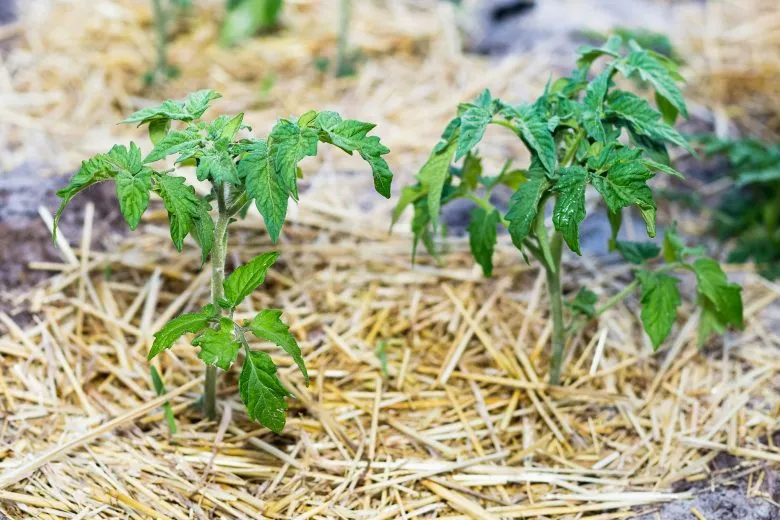
There natural mulch it is an agronomic technique which involves covering the ground around the plants. This can be done with a layer of organic material, such as straw or dry leaves. In English, mulching is called mulching, demonstrating that it is a widespread practice all over the world. This technique helps retain soil moisture, minimizing water loss through evaporation and keeping plant roots cool and hydrated. Let’s take a practical example: an outdoor tomato field without mulch will need to be watered 3-4 times a week during hot weather. With mulching, even 1 watering every 7-10 days may be enough.
Reduce water use with drip irrigation
L’drip irrigation it is an irrigation method which provides for the delivery of water directly to the roots of the plants through a system of perforated pipes and drippers. This method makes it possible to reduce water waste to a minimum, as the water is delivered exactly where it is needed and is not dispersed into the surrounding environment. This type of irrigation, with the water crisis we are facing, becomes almost essential. There is less and less water and it is no longer wasted, as for example it could happen with a sliding system much more expensive in terms of water.
Grow with little water using containers
Growing in containers is another technique that can partially help reduce water consumption. Growing plants in terracotta pots or geotextile containers, it is possible to better control the amount of water that is given to the plants, thus avoiding the waste of water. Even with containers it is good to apply mulch, in order to have a double advantage in terms of water saving
Cultivate without irrigating thanks to hydroponic technology
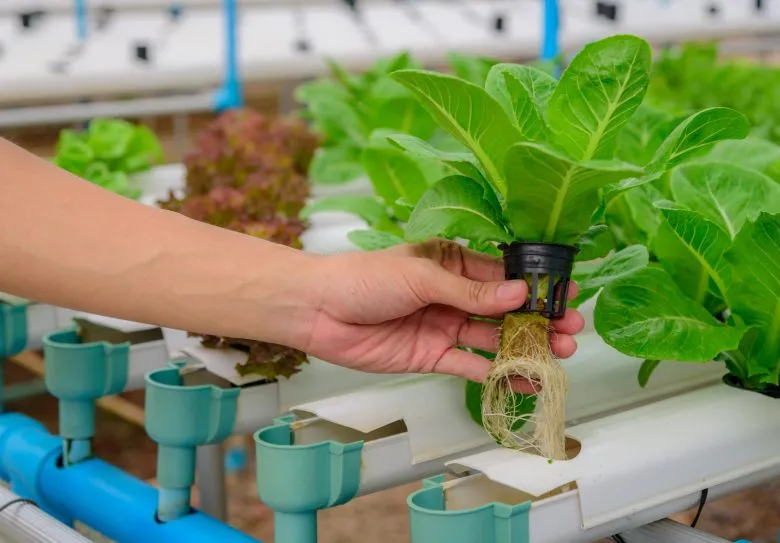
There hydroponic cultivation involves growing plants in a landless environment. In practice, a solution is used that contains all the nutrients necessary for plant growth. This cultivation method can help reduce water consumption, as the water is delivered directly to the roots of the plants and is not dispersed into the surrounding environment. Hydroponic cultivation can also be undertaken at home, using special kits.
Choosing and selecting drought tolerant plant varieties
As mentioned earlier, some plant varieties are naturally more drought tolerant than others. Therefore, if our problem is lack of water, we need to choose varieties of plants that require less than the average. This will minimize water consumption during cultivation. Unfortunately, these vegetable varieties are increasingly rare as commercial hybrids have replaced them. However they still exist and are found in swap fairs seeds among farmers. A famous example, widely used in the southern regions, is the siccagno tomato. This hardy and productive variety is grown in dry conditions (with very little water).
Other examples are the crusco di Senise pepper and the Rotonda red aubergine, ancient varieties of native vegetables grown in Basilicata and, in general, in southern Italy. When you manage to find such a variety and grow it in your garden under drought conditions, you need to conserve the seeds. With the conservation of seeds, here you will find the example of tomato, you will select that character of hardiness and resistance to drought that will be useful in the crops of the following years. In practice, it’s easier to grow waterless from your own seeds than using seeds you buy from conventional seed companies.

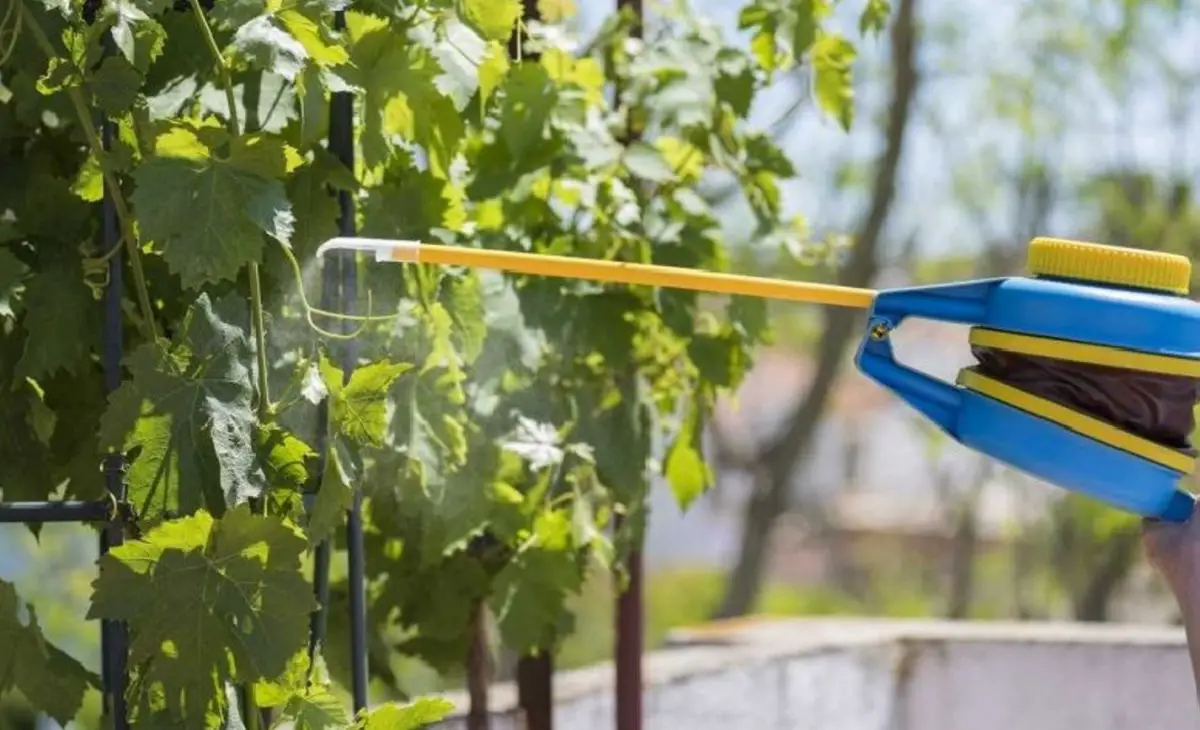
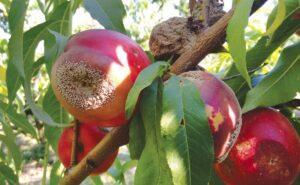
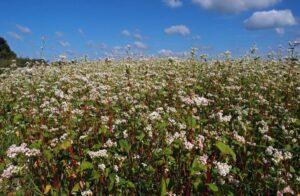
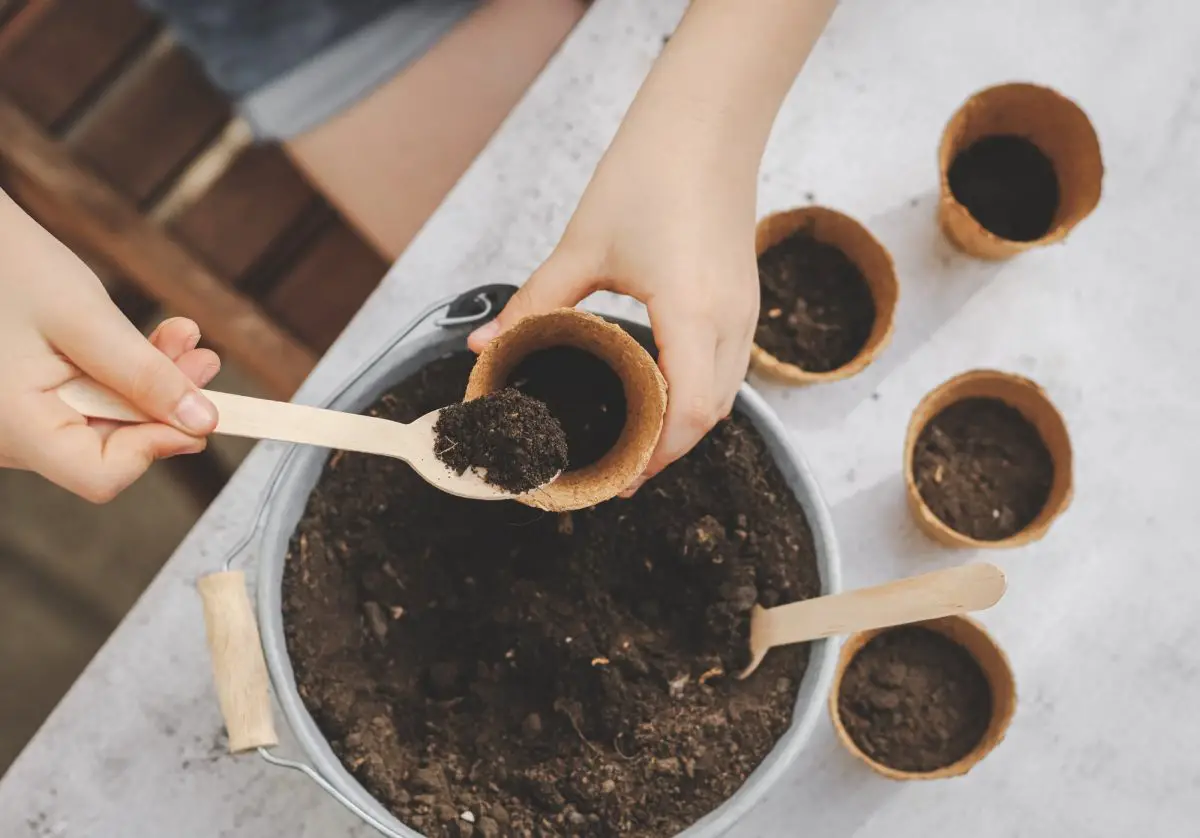
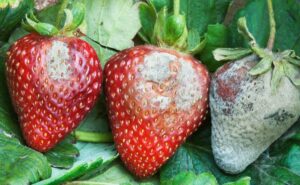
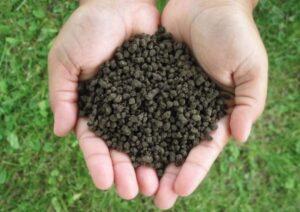
Start a new Thread